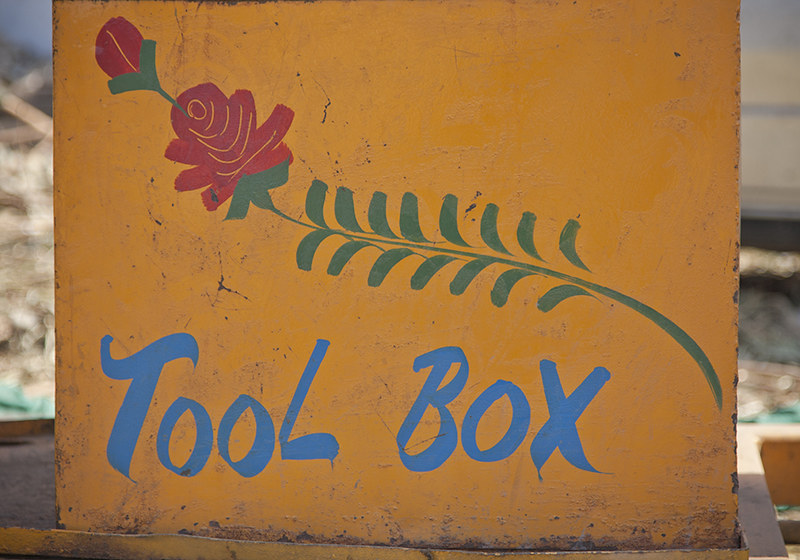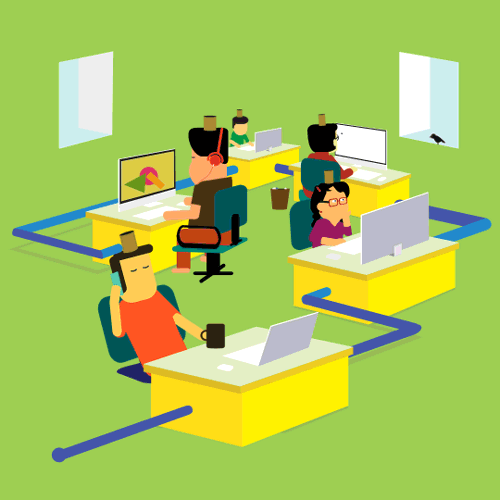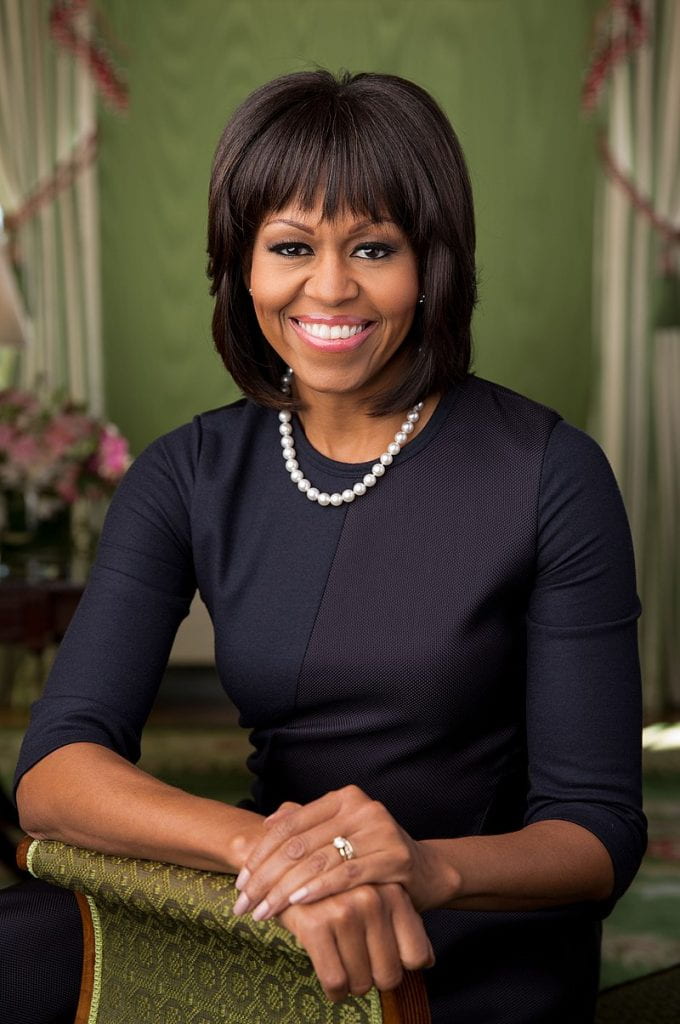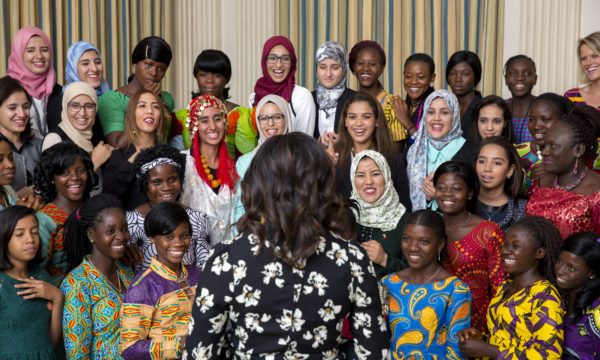
SUMMARY
Overall it was really cool learning tips on how to make your first game. I am excited to use those tips to make something fun.
PRACTICE ROOM (TUTORIALS)
Unity is a great game design engine and the one that I have choosen.
I chose a playlist straight from the Unity youtube channel. These playlists are going to be the most helpful because they are from Unity themselves. They are very easy to follow and I would recommend you watch some of them if you need help.
CLASSROOM (THEORY & ANALYSIS)
Making Your First Game: Minimum Viable Product – Scope Small, Start Right
It is very important that you make your first game something small. Your goal should be to make the minimum viable product, the smallest thing you can make that still gives you useful data. Games with lots of content but without a solid foundation are rarely good. IF your game has a bunch of unnecessary obstacles that you don’t need to tell the final product then it will be super difficult to figure out what needs improving.
Game Genres from the Simplest and Most Difficult to Create
- Racing Game
- Top-Down Shooter
- 2d Platformer
- Color Matching Puzzle Game
- 2D Puzzle Platformer
- 3D Platformer
- FPS
- JRPG
- Fighting Game
- Action Adventure
- Western RPG
- RTS
LAB (THEORY PRACTICED)
Playing Like a Designer – I: Examine Your Experiences
In order to play games like a designer to have to think critically about why each choice was made and what it brings to the game. You have to focus on the little details and emotions that you feel while playing the game. This will help you be more confident in your game designing choices.
Playing Like a Designer – II: How to Analyze Game Design
A good designer has played and can reference a bit of everything. All types of games offer value and learning for beginners and experienced game designers. But analyzing these games requires some familiarity with concepts and terms that will help you go beyond describing a game as good or bad. You will learn to be more focused on the fine details instead of the big picture.
OUTSIDE (CREATIVITY & THE BRAIN)
Okay so if the story is about me and I’m the protagonist then the enemy would be time. I’m trying to win by getting all the things I need to get done before the time runs out. For example, getting my work done before the time that I need to go to soccer practice. There are tons of obstacles in my way like chores, eating, watching tv, and more. I need to ignore or make a certain time for those obstacles.
STUDIO (SONGWRITING)
Idea #1- Racing Game
Objective: Race through the levels while collecting coins and dodging obstacles. The coins help you boost your speed and agility in the race. During each race, there will be a boost bar that tells you how many coins you need to collect before you can unlock that boost or powerup. Whoever collects the most coins after all the levels win.
Idea #2- Puzzle/Escape Game
Objective: Complete each puzzle to get clues in order to escape the maze. The puzzles will get harder as you go on. The puzzles will be a mix of questions and regular puzzles. Once you get out of the maze you win.
Idea #3- Top-Down Shooter Game
Objective: Defeat the dirt monsters by shooting them. The more monsters you kill the more points you get for power-ups and customization of your character. There will be levels and at each level, there will be a boss that you have to defeat after you defeat the little monsters.
Idea #4- 2D Platformer Game
Objective: You have to get the star to the top of the Christmas tree while avoiding all the flying ornaments. Your screen moves up once you move up and in order to move up, you have to jump onto platforms. Some of the platforms are real and some are fake. If you jump onto a fake platform then you lose and have to start over. You also lose if you get hit by the obstacles.
Idea #5- Story/Survival Game
Objective: You wake up one day and you are the only person in your town. You have to learn to survive on the minimal resources that you have. You also have to find a way to figure out where everyone went and how to find them. The games end when you find everyone or when you use up all your resources before you find them and you don’t survive.
WEEKLY ACTIVITY EVALUATION
I think it was really fun trying to come up with ideas and digging into the side of my brain that I didn’t know I had. I’m not a very creative person so this really helped me step out of my comfort zone and really challenge my brain to think of useful ideas.



